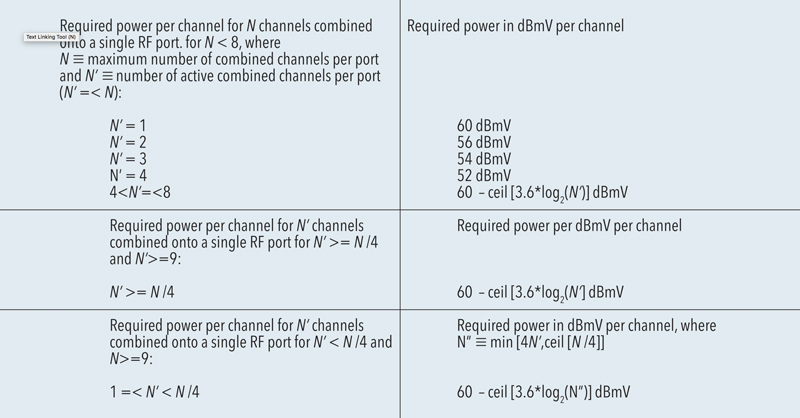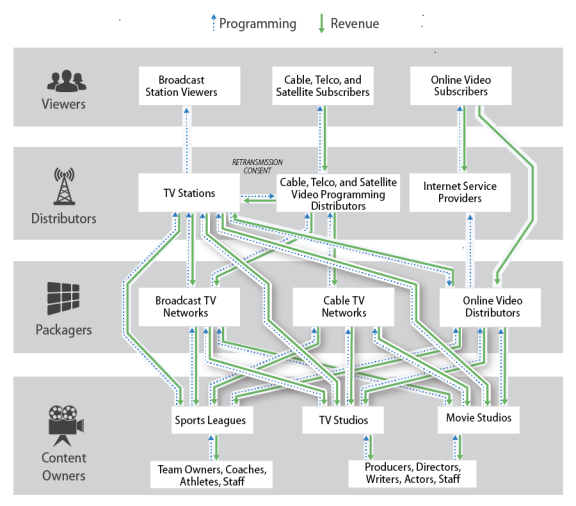In 1966 the commission established rules for all cable systems whether or not served by microwave.
Cable tv network started to distribute broadcast video signals to locations in the late.
Broadcasters who used atsc and wanted to retain an analog signal were temporarily forced to broadcast on two separate channels as the atsc system requires the use of an entire separate channel.
Atsc replaced much of the analog ntsc television system in the united states on june 12 2009 on august 31 2011 in canada on december 31 2012 in south korea and on december 31 2015 in mexico.
Today romania is using dvb t2 as terrestrial standard but also dvb s s2 and dvb c which is.
The head end is where the cable system receives programming from various sources assigns the programming to channels and retransmits it onto cables.
Option 2 distribute via coaxial cable if your home had satellite tv or even cable tv service in the past there may already be coaxial cable running from a main distribution point to several rooms in your home.
Meadville master antenna inc meadville pennsylvania is the first system entirely built with this technology.
This system used fiber optic cable for the trunk cables that carry signals from the catv head end to neighborhoods.
Distribution cable with foam dialectric.
In the late 1950s cable operators began to take advantage of their ability to pick up broadcast signals from hundreds of miles away.
By the late 1970s fiber optics had progressed considerably and so were a cost.
Not recommended for cord cutters living more than 35 miles from local broadcast towers.
The federal communications commission first established rules in 1965 for cable systems which received signals by microwave antennas.
A satellite receiver then decodes the desired television program for viewing.
Is the most common technique where apartment house hotels schools condominiums and multi unit buildings distribute tv and fm signals to a number of receivers using a single head end.
The fcc rules that catv systems could use microwave relay systems to bring broadcast signals from distant cities only by showing that there would be no economic impact to broadcasters.
In 1976 a new sort of cable system debuted.
Satellite television is a service that delivers television programming to viewers by relaying it from a communications satellite orbiting the earth directly to the viewer s location.
A television network or broadcaster is a telecommunications network for distribution of television program content whereby a central operation provides programming to many television stations or pay television providers.
The signals are received via an outdoor parabolic antenna commonly referred to as a satellite dish and a low noise block downconverter.
Access to these distant signals began to change the focus of cable s role from one of transmitting local broadcast signals to one of providing new programming choices.









.png--diagram-flowchart-example.png)
/arc-anglerfish-arc2-prod-dmn.s3.amazonaws.com/public/A2FRXU4Q2M3NWWGDXD2OVIDQVU.jpg)


















